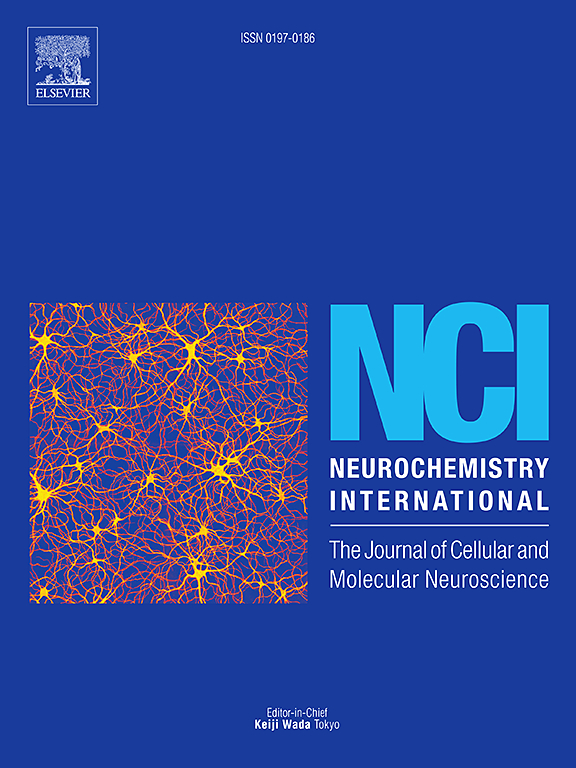重复经颅磁刺激作为突触可塑性的普遍调节剂:弥合功能和结构可塑性之间的差距
IF 4
3区 医学
Q2 BIOCHEMISTRY & MOLECULAR BIOLOGY
引用次数: 0
摘要
重复经颅磁刺激(rTMS)是一种无痛、无创的神经调节技术,在多种神经退行性疾病和神经精神疾病的治疗中显示出巨大的潜力,无论是在患者还是动物模型中。除了它的非侵入性之外,使用它治疗这些疾病的主要理由是,积极的效果超出了刺激期,可以在最后一次应用后持续几分钟、几小时甚至几天。虽然这些长期积极影响的机制尚未完全破译,但目前的文献支持功能和结构可塑性调节的假设。树突棘是树突分支上在突触后水平调节突触传递的结构,是突触可塑性的结构和功能载体之一。由于rTMS已被提出诱导长期增强/长期抑郁样效应,基于现有的动物研究文献,我们提出了几种支持rTMS诱导树突棘水平结构可塑性的分子机制,包括从脊柱形成到逐渐脊柱成熟和最终脊柱萎缩和丧失的过程。本综述的结果表明,rTMS是突触可塑性的一种普遍调节剂,可以指导未来的研究,并有助于优化经颅磁刺激治疗适当疾病和病理的方案。本文章由计算机程序翻译,如有差异,请以英文原文为准。
Repetitive transcranial magnetic stimulation as a universal modulator of synaptic plasticity: Bridging the gap between functional and structural plasticity
Repetitive transcranial magnetic stimulation (rTMS) is a painless and non-invasive technique for neuromodulation that has shown great potential in therapy of several neurodegenerative and neuropsychiatric disorders both in patients and animal models. In addition to its non-invasiveness, the main rationale for using it for these disorders is that the positive effects extend beyond the stimulation period and can last up to several minutes, hours or even days after the last application. While the mechanisms underlying these long-lasting positive effects have not yet been fully deciphered, current literature supports hypothesis of modulation of both functional and structural plasticity. Dendritic spines are structures on dendritic branches that regulate synaptic transmission at the level of postsynapse and represent one of the structural and functional carriers of synaptic plasticity. Since rTMS has been proposed to induce long-term potentiation/long-term depression-like effects, based on the existing literature in animal studies, we suggest several molecular mechanisms which could underpin rTMS-induced structural plasticity manifested at the level of dendritic spines that include processes starting from spinogenesis to gradual spine maturation and eventual spine shrinkage and loss. The results gathered in this review postulate rTMS as a universal modulator of synaptic plasticity, which could guide future research and help in optimizing appropriate protocols of transcranial magnetic stimulation for adequate disorders and pathologies.
求助全文
通过发布文献求助,成功后即可免费获取论文全文。
去求助
来源期刊

Neurochemistry international
医学-神经科学
CiteScore
8.40
自引率
2.40%
发文量
128
审稿时长
37 days
期刊介绍:
Neurochemistry International is devoted to the rapid publication of outstanding original articles and timely reviews in neurochemistry. Manuscripts on a broad range of topics will be considered, including molecular and cellular neurochemistry, neuropharmacology and genetic aspects of CNS function, neuroimmunology, metabolism as well as the neurochemistry of neurological and psychiatric disorders of the CNS.
 求助内容:
求助内容: 应助结果提醒方式:
应助结果提醒方式:


